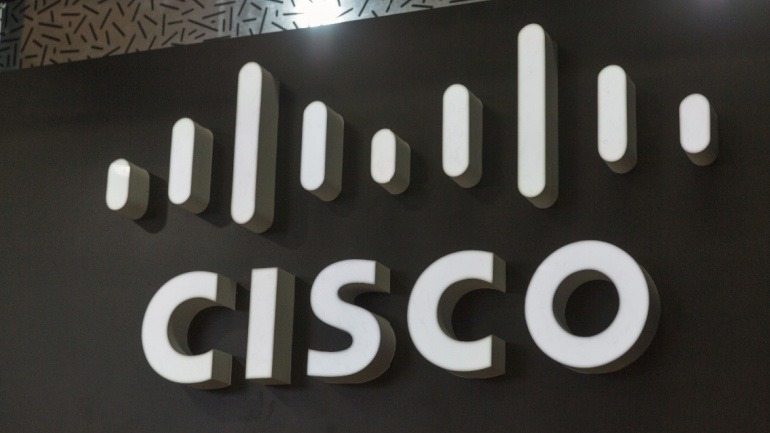In a recent analysis, the GSMA has emphasized the necessity for more spectrum to support the emergence of 6G networks. The report suggests that urban areas could require 2-3 GHz of additional spectrum in the mid-band range by the mid-2030s for effective network operations. This anticipated need represents a significant increase from current spectrum allocations.
The demand is driven by new applications such as extended reality and autonomous vehicles, alongside existing mobile activities like video streaming and gaming. These advancements are poised to place unprecedented demands on network capacity. Despite technological advances in spectrum efficiency and network densification, the GSMA predicts these measures won’t be sufficient to handle the future data traffic surge.
The projected increase in global mobile data traffic is striking. By 2040, traffic could hit between 1,700 exabytes (EB) and 3,900 EB monthly. To provide context, Ericsson‘s latest data estimates current traffic at 197 EB per month, rising to 482 EB by 2031. This projection implies a massive traffic surge, with potential causes including widespread utilization of emerging digital services.
Moreover, video streaming has become exceedingly efficient due to advances in codec technology. For instance, modern codecs like H.265 need only 15 Mbps for streaming 4K content, transforming bandwidth utility. Hypothetically, without further codec improvements, it would require trillions of 10-minute 4K videos to exhaust 3,900 EB of data monthly.
The report points to the critical need for early government action to secure additional spectrum for 6G. Lack of spectrum could lead to slower speeds, congestion, and economic disadvantages during the 2030s. Governments must prioritize planning to prevent connectivity issues and support digital economy competitiveness.
Notwithstanding GSMA’s claims, some argue the industry efficiently uses existing bandwidth. The debate emphasizes the need for careful evaluation before spectrum allocation, ensuring technological and economic readiness for 6G’s anticipated demands. As the world gears up for the World Radiocommunication Conference 2027 (WRC-27), the discourse around spectrum allocation is likely to intensify, underlining the importance of strategic planning in this transformative era.







